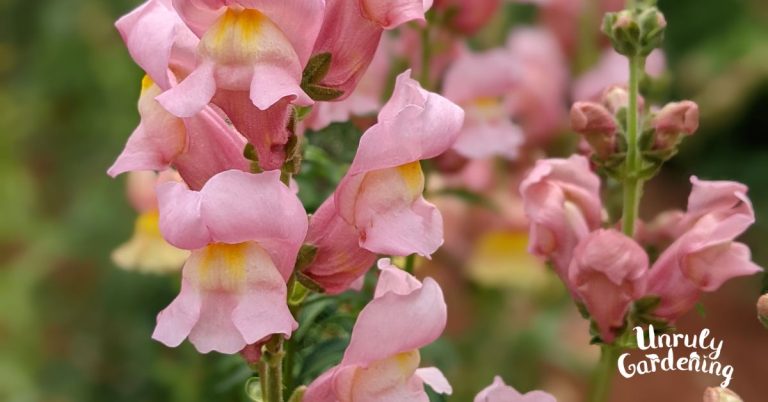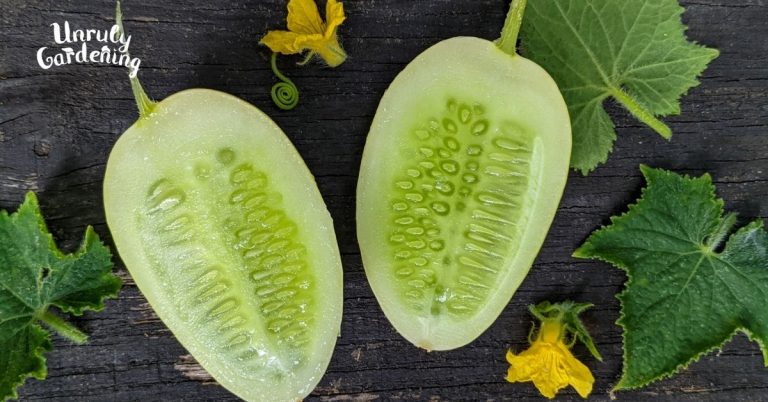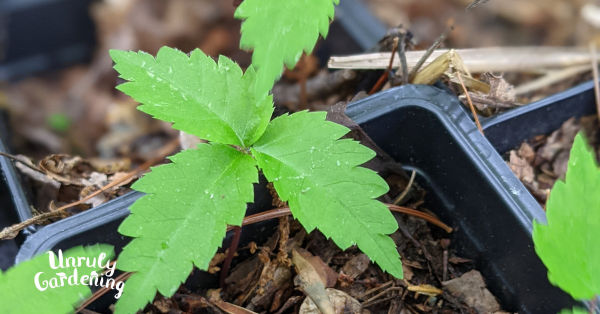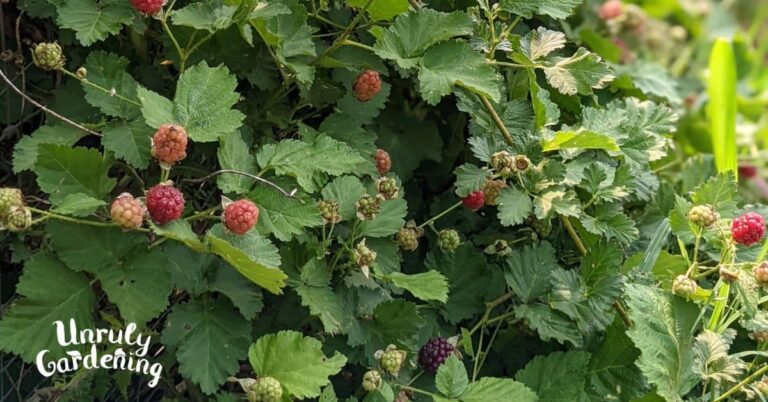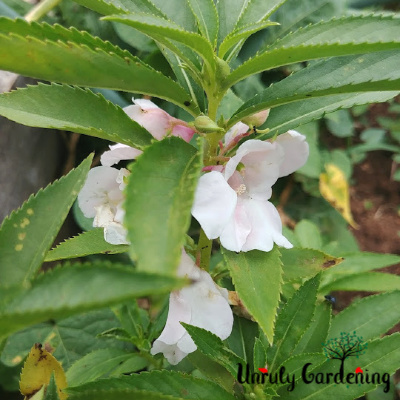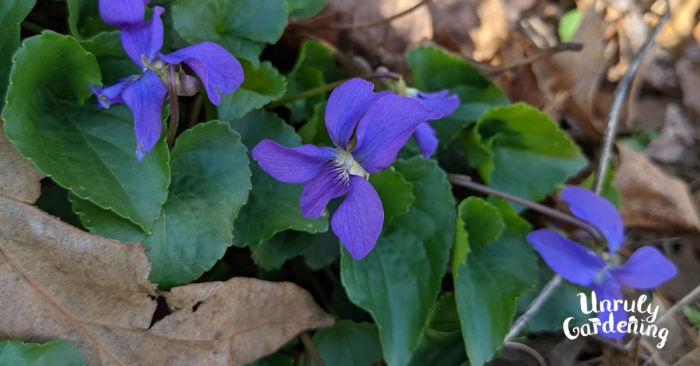Gilia Globe – Growing & Care
(Gilia capitata) An annual wildflower native to a large portion of western USA, adored by pollinators! Truly, a most perfect flower orb.

Basics
Hot and on the dry side is the way to go with gilia globe! Plant it outside in zone 6 and up in well-draining soil and full sun. It’s said to be adaptable, able to grow even in spots that get large amounts of shade, and in a wide range of soil types, but I have yet to test this fully.
Gilia takes the heat well, mine handling a wave of up to 100 F with ease, so long as they were supplied with sufficient water. It’s a very tall flower, stretching from 1′-3′ in stalk length, and weaker stems can sometimes bend or fall over, requiring support.
Watering
The soil of a potted gilia plant can sometimes go bone-dry without killing the plant, though it shouldn’t be allowed to regularly do this. Its leaves will also wilt if it’s gone too long without a drink, and they perk back up within 24 hours after being deeply watered.
Established gilia globe is exceptionally drought-hardy, and should easily have all its watering needs met by rain, with the exception being extreme periods of drought, of course. In which case, water when the plant is drooping, but before it goes crispy!
Be careful not to overwater- too much constant soaking can promote disease.
Fertilizing
As a wildflower, gilia really doesn’t need much beyond what nutrients already lie in the soil. I do mix a little bit of compost into the soil when transplanting indoor starts out, but have also planted them directly in the dirt with nothing added and they still thrived.
Additional care
Nothing, beyond a note: gilia can reseed itself, so watch wherever you plant it- you might be getting some volunteers popping up there next year!

